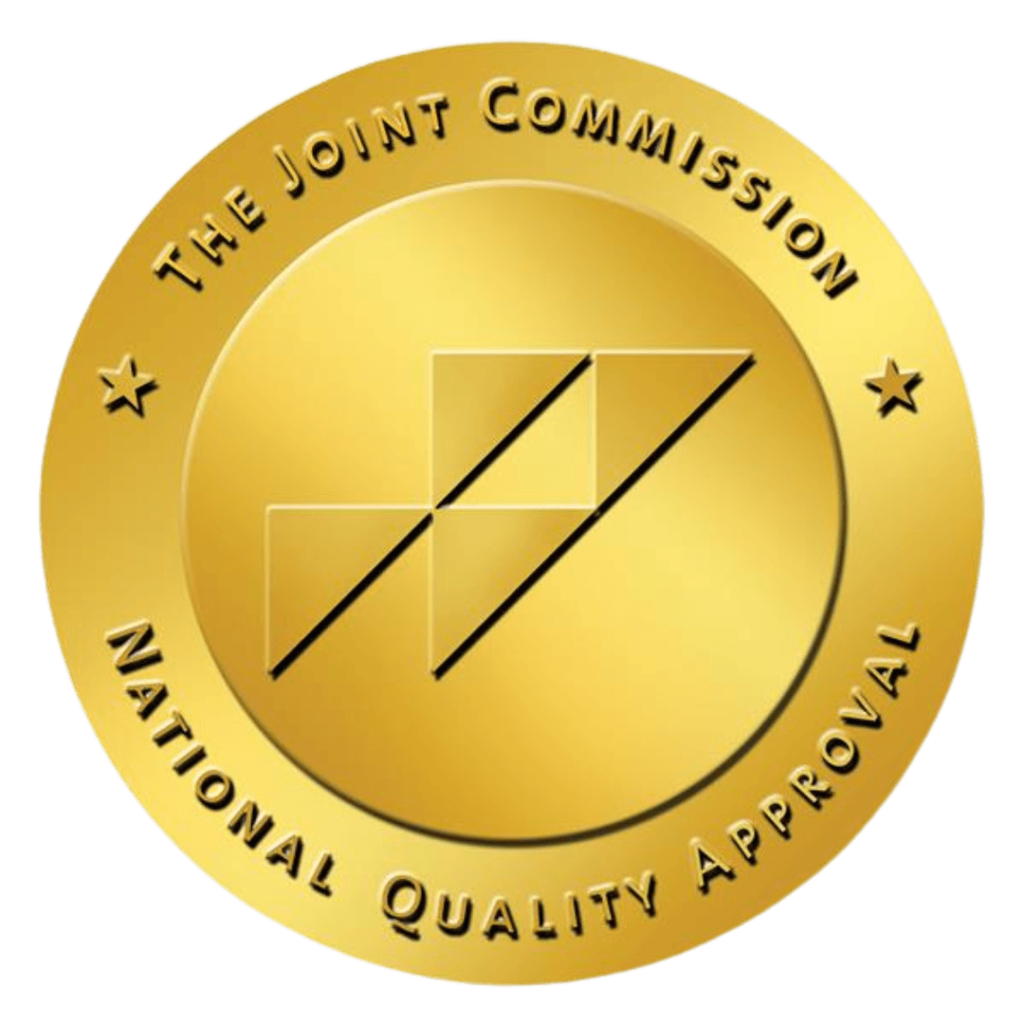
Alcoholism is an unhealthy drinking behavior that could put your health and safety at risk. If you are struggling with alcohol dependence, 12 steps of AA can help you overcome this challenge.
Alcohol abuse can damage different aspects of your life. It may cause you to neglect commitments related to school, job, home, or to encounter drinking-related legal problems, such as arrests for driving under the influence or for displaying violence.
You can end the problem of alcohol abuse by trying several approaches offered by treatment centers. This includes inpatient or residential, outpatient, cognitive-behavioral coping skills treatment, motivational enhancement therapy, and the 12 steps program.
What is AA?
Alcoholics Anonymous or AA is helpful for those with drinking problems. It is a supportive community that allows individuals to feel connected while holding each other accountable for maintaining sobriety.
This organization dates back to 1935 after Bill Wilson, a stockbroker, and Dr. Bob Smith, a surgeon, had a meeting. Both admit to being hopeless alcoholics.
Prior to their meeting, Wilson and Smith had been in contact with a Christian movement called the Oxford Group. It is a nonalcoholic fellowship that highlights spiritual values in everyday life.
Under this influence, and the support of Wilson’s childhood friend, Ebby Thacher, Wilson achieved sobriety. He then continued his recovery by working with other alcoholics.
Meanwhile, Smith’s Oxford Group membership couldn’t help him get sober. The situation only changed when Smith and Wilson met, as the former was able to connect with his fellow sufferer who was getting better.
Wilson explained that alcoholism interferes with the body and mind. His physician, Dr. William D. Silkworth of Towns Hospital in New York, taught him this.
Despite being a doctor, Smith didn’t know that alcoholism is a disease. Convinced by Wilson’s ideas, Smith got sober. Shortly after that trip, they founded the group Alcoholics Anonymous.
It started as a faith-based organization, calling its members to surrender to God, commit to prayer or meditation, and connect with other recovering alcoholics.
Since then, AA has evolved significantly. It still recommends its members to avoid alcohol consumption, but the difference now is that it encourages them to find their own higher being to help achieve sobriety.
How AA Helped Transformed Patients’ Lives
The 12 steps of Alcoholics Anonymous is a popular addiction treatment approach in the United States and other countries.
Various studies believe that while the program is not a miracle cure, those deeply involved are more likely to do well over time. In fact, in 2006, two Stanford psychiatrists recorded the journey of 628 alcoholics. They monitored them for 16 years and concluded that those who frequently attended AA meetings are more likely to live a sober life than those who occasionally visit the organization.
Other research also produced the same positive results. A 2017 study found that the 12 steps of AA progressed identically to therapies such as cognitive-behavioral and motivational enhancement. Another study in 2006 reveals that intensive referral to support groups like AA led to more attendance and better alcohol and substance abuse outcomes.
What Happens in AA Meetings?

Meetings often follow a particular format in which participants can share their struggles or learn some aspects of addiction recovery. In open AA meetings, members usually tell their experience on how they dealt with their drinking problem and how they are today.
AA meetings also provide person-to-person service or “sponsorship” to guide you through your recovery journey. A sponsor is a fellow member you can turn to for sobriety-related problems.
Other AA meetings focus on studying the 12 steps of AA – teaching newcomers about the program’s structure.
What Are The 12 Steps of AA?
The 12 steps of AA serve as your guide in maintaining sobriety. It will help you healthily cope as you progress through recovery. Read on to know how it works.
- Admission of Powerlessness Over Alcohol – The first step is one of the most challenging steps to take. You begin by acknowledging that you cannot manage your drinking habits. While this is the first step towards sobriety, some members still revisit this after a relapse.
- Acceptance of a Higher Power – This step encourages you to find a greater power to guide you towards a better life. It doesn’t necessarily have to be God. You have to define for yourself what kind of power it is to accept its guidance.
- Surrendering to the Higher Power – This step suggests that individuals should be more open to receiving guidance from their higher power. Submit the things you can’t control and allow the higher power to direct you towards better behavior.
- Soul-searching – This asks you to make a personal inventory of your character assets. What are the things that affect your life? What decisions in the past led you to this stage of your life? By assessing your strengths and weaknesses, you’ll know what areas to address.
- Confession to a Higher Power, to Yourself, and to Other People – By confessing the exact nature of your faults, you can remove your egoism and mitigate your fear. It provides you with a more significant opportunity for growth.
- Acceptance of Character Defects – This step involves looking honestly at your faults and shortcomings and being willing to turn these over to your higher power.
- Humility – This step requires you to make yourself inferior while asking your higher power to fix your flaws.
- List Down the People You Caused Harm and Apologize – This action encourages you to take responsibility for the pain you’ve caused the other person while you were under the influence. Ask for forgiveness and make up for your wrongdoings.
- Make Peace – Express remorse for the damage you’ve done and be willing to make amends with the other person. A genuine spiritual transformation is more likely to occur when you make peace with your past. If you find this challenging, you may seek guidance from your sponsor or your higher power.
- Maintenance – This step recommends meditating and reviewing your days regularly. What were the negative emotions that you felt the past weeks? Do you owe someone an apology for the mistakes you made? Beware of your actions and their consequences and be accountable for them.
- Prayer and Meditation – You are encouraged to recognize your higher power, let go of your conscious thoughts, and listen for their wisdom. Allow your higher power to guide you on your journey to recovery.
- Share the Message to Others and Practice What You’ve Learned – Reach out to other sufferers, support them, and put into practice the principles of the program in your daily life.

There are a lot of addiction treatment programs available, and it can be daunting to decide on which one to choose. While some people do a combination of various therapies, remember that it ultimately depends on your situation and your goals.
One of the options you have is the 12 steps approach. “What are the 12 steps of Alcoholics Anonymous?” you may ask. It is a program that seeks to curb drug or alcohol problems by connecting with a community, developing your spirituality, and practicing mindfulness techniques.
Are you interested to know more about Restore Health and Wellness Center’s 12-step facilitation therapy and other therapy programs? You can call us at (818) 408-4942 or visit our treatment center at 6918 Owensmouth Ave Canoga Park, CA.




